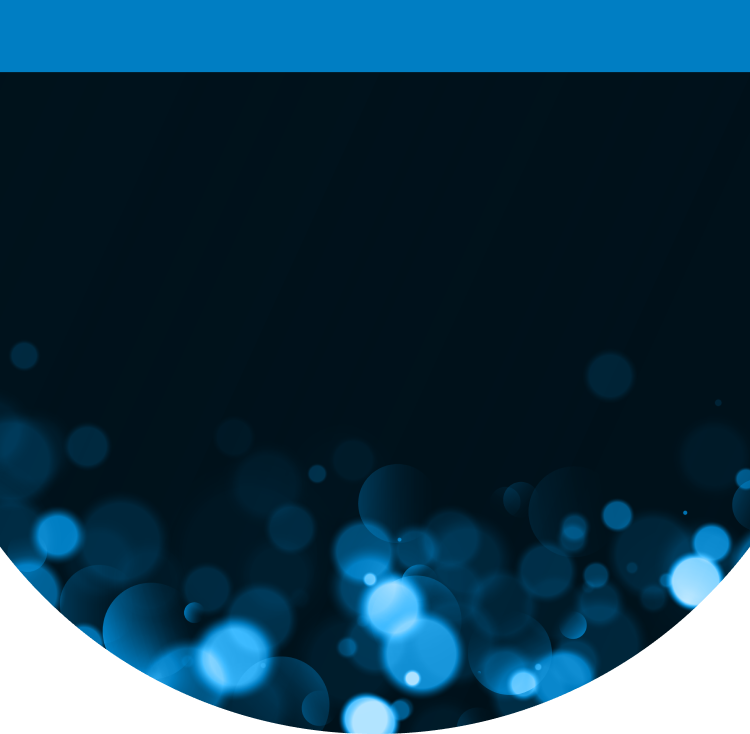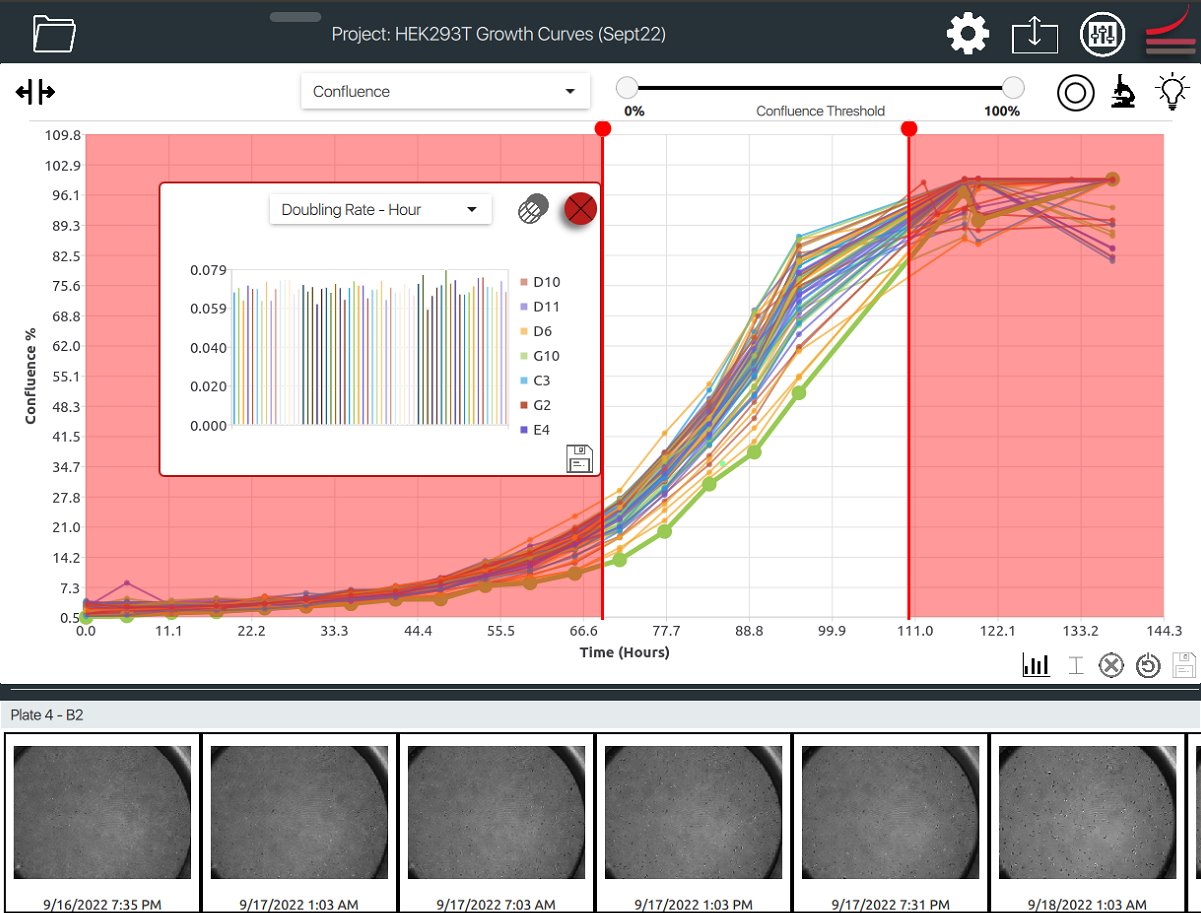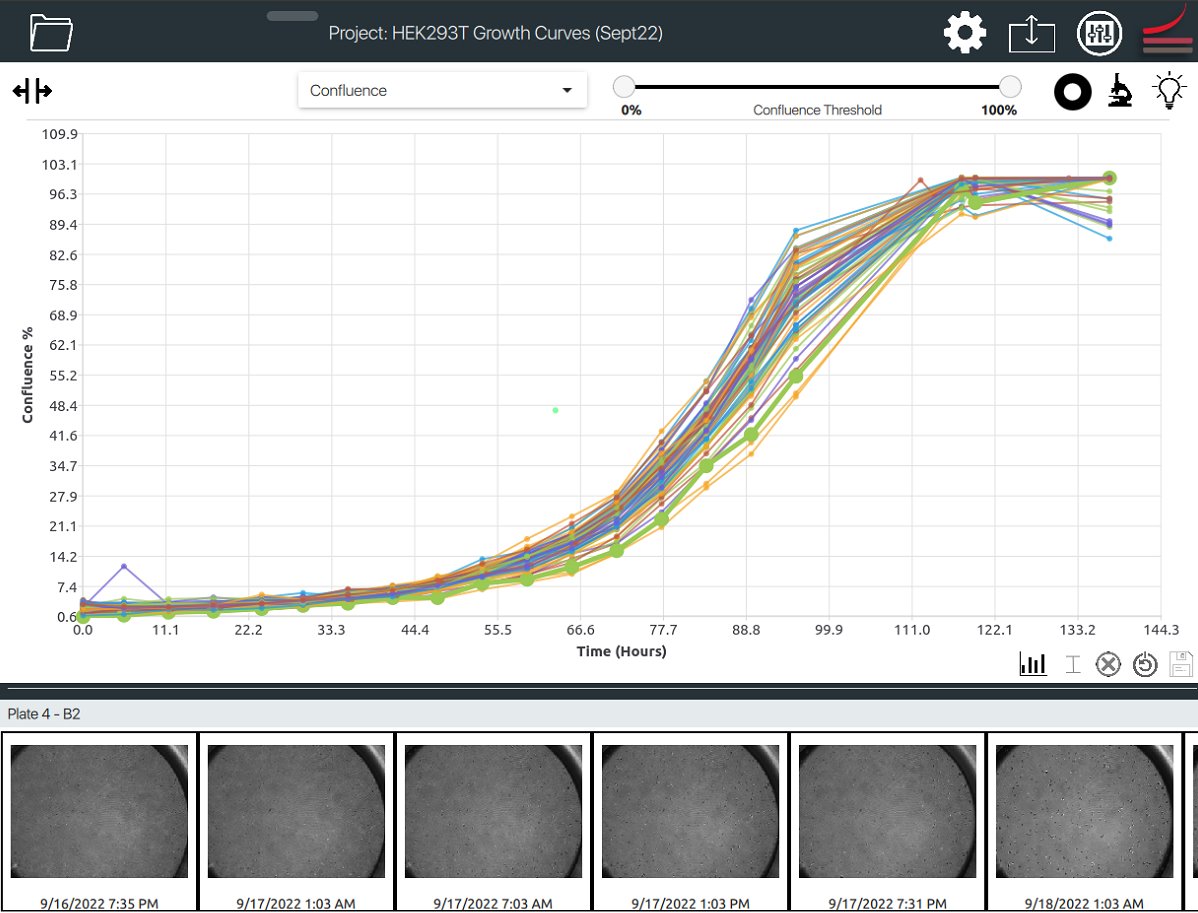Contact Us
100 Cummings Center, Suite 407-P, Beverly, Massachusetts 01915, USA
+1 (978) 720-8044

Contact Us
100 Cummings Center, Suite 407-P, Beverly, Massachusetts 01915, USA
+1 (978) 720-8044


Explore Our Case Studies
Thrive Bioscience's suite of cell biology solutions empowers researchers by enhancing the quality and depth of data across a wide range of applications. Thrive systems enable researchers to push the boundaries of discovery with greater precision and efficiency. From tracking cell growth to documenting complex biological processes, our solutions deliver detailed, reproducible, data-driven insights crucial for advancing research.
Thrive Bioscience's instruments and software provide critical support for a variety of applications that require advanced live-cell imaging. Our products are designed to assist you in conducting:
Automated Cell Counting:
Accelerate and enhance the accuracy of cell counting, reducing variability and ensuring consistent results across experiments.
Growth Rate Analysis:
Track and analyze cell growth over time with high precision, providing valuable insights into cell behavior and culture conditions.
Data Logging and Documentation:
Automatically log and document all stages of the research process, creating a detailed, traceable record that supports reproducibility.
Confluence Measurement:
Accurately measure confluence to monitor cell proliferation and ensure optimal conditions for experimental success.

Accelerate and enhance the accuracy of cell counting, reducing variability and ensuring consistent results across experiments.

Track and analyze cell growth over time with high precision, providing valuable insights into cell behavior and culture conditions.
Case Studies
Elevate Your Research with Thrive Bioscience's Advanced Live-Cell Imaging Solutions
Thrive Bioscience's suite of advanced live-cell imaging applications is revolutionizing cell biology research by providing precision, efficiency, and deep insights across a range of applications. Our innovative solutions support the next generation of scientific breakthroughs, from stem cell research and drug discovery to wound healing and personalized medicine. By leveraging our cutting-edge technology, researchers can streamline workflows, enhance data quality, and drive meaningful results faster.
Ready to elevate your research capabilities?
Let's Talk.
Explore the CellAssist Systems designed to streamline researcher workflows, enhance data quality, and drive discovery with precision and efficiency.
View More
Connect with one of our expert staff to discuss how Thrive Bioscience technologies can enhance your cell biology research.
Contact Us
Learn more about our technologies and their use in advancing cell biology research.